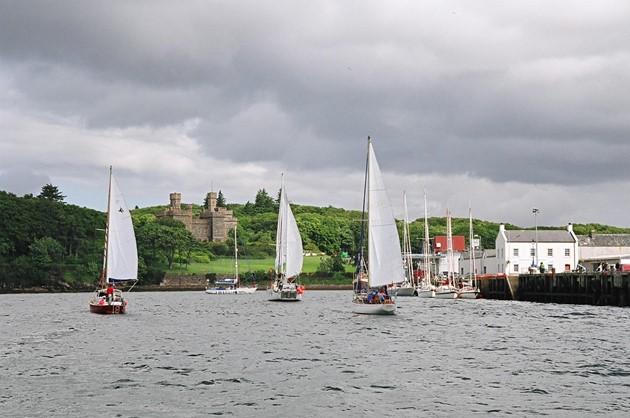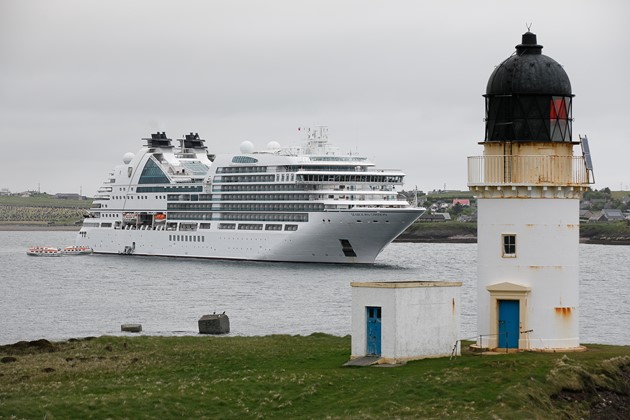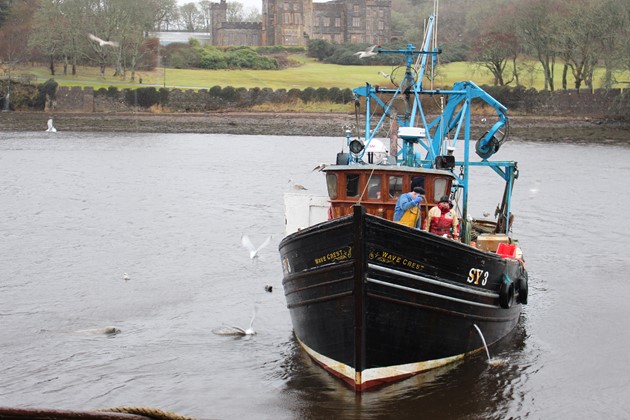Directions
General Directions. Section 22 of the Stornoway Harbour Act & Orders 1976 to 2021 grants powers to the Port Authority to issue general directions to manage vessel movements within harbour limits.
Special Directions. Section 24 of the Stornoway Harbour Act & Orders 1976 to 2021 grants powers to the harbourmaster to issue Special Directions, generally speaking where there is a safety issue that is outside normal circumstances and is not already addressed by a byelaw or general direction. In other words, this power enables the Harbourmaster to respond independently and promptly to short-notice or unforeseen situations requiring swift action. A Special Direction may only be given to a specific vessel, for a specific purpose at (or for) a specific time. To quote Section 24 (2) of the Stornoway Harbour Act & Orders 1976 to 2021 a Special Direction ‘… may be given in any manner considered by the harbourmaster to be appropriate …’.
Special Directions may be issued by the Harbourmaster, and Assistant Harbourmasters. If neither of these is available, the Duty Shift Supervisor is also delegated the power to issue Special Directions.


